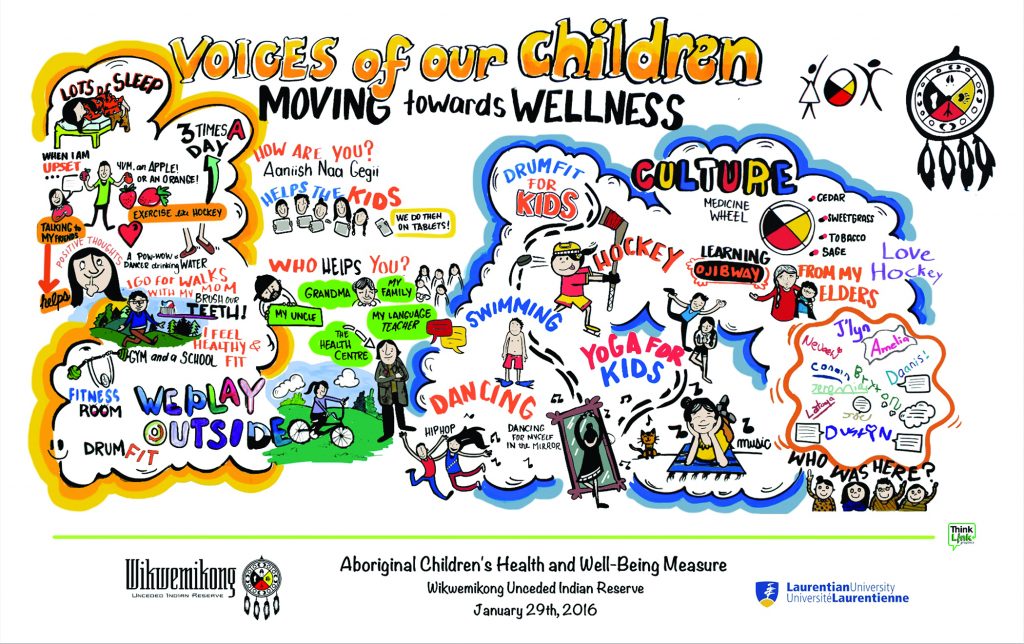
Comparing the Effectiveness of a New Screening and Triage Process vs Standard Practice in Matching Mental Health Services to Needs among Aboriginal Youth Living On-Reserve
Issue
- First Nations youth living on-reserve have significantly worse mental health than their non-Indigenous peers, with suicide rates 5 to 6 times the national average. Many are reluctant to seek support until they reach a crisis and require intensive clinical treatment unavailable locally. First Nations health leaders are eager to improve youth mental health; however, a mismatch exists between the needs of youth and the scope and capacity of local services.
Project
- A new screening and triage process is transforming the way First Nations youth are engaged in mental health assessment. It is embedded within the Aboriginal Children`s Health and Well-being Measure (ACHWM) survey (www.ACHWM.ca). Using a fun tablet-based format that efficiently engages hard-to-reach youth and is feasible for First Nations, youth 8 to 18 years of age complete the survey. It has been implemented with over 400 youth in 5 communities. Youth have shared experiences with the tablets that they have not felt comfortable sharing face-to-face. The screening process ensures that all at-risk youth are identified, immediately meet with a mental health worker for further assessment and are triaged to appropriate support.
- This research project will address two outstanding questions regarding the screening tool and process:
- Is the survey able to identify youth’s needs earlier in their illness pathway?
- Does earlier recognition lead to better health outcomes one year later?
- In addition, the scope and capacity of mental health services will be documented. This information will enable us to determine whether the ACHWM screening identifies youth with mental health concerns earlier than usual, and if their needs fit better with supports available in their community.This project builds on a successful research program based on the strong partnership between Mary Jo Wabano (Health Services Director for Wiikwemkoong Unceded Territory) and Nancy L. Young (Professor and Research Chair at Laurentian University).
Patient engagement
- The approach to patient engagement is based on our well-established past practices, which are consistent with current guidelines on working with indigenous communities in Canada. Youth from Wiikwemkoong developed the questions for the Aboriginal Children’s Health and Well-being Measure used to gather self-reported outcomes. First Nations youth will continue to be engaged through a science fair project and a short video to introduce the ACHWM process.
- Citizens and Elders of the Wiikwemkoong continue to be involved in the project through community engagement events and annual progress reports mailed to each household. Key community leaders played important roles in developing the ACHWM and its screening and triage process, and continue to be fully engaged in this research.
Publications
- Beyond the patient: lessons from community engagement in a rural First Nation, CMAJ, November 07, 2018

Photo credit: Shared by the Naandwechige-Gamig Wikwemikong Health Centre
